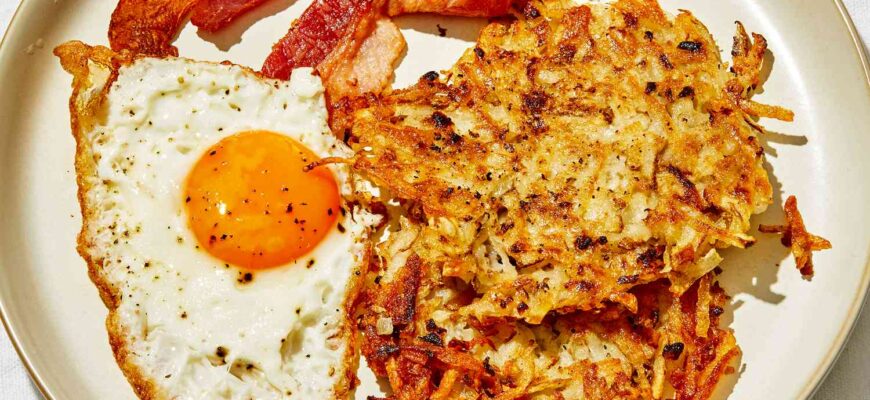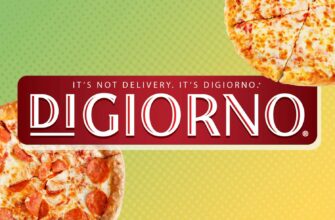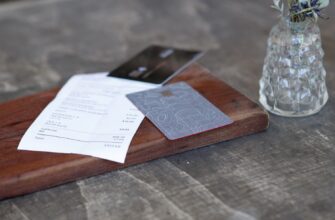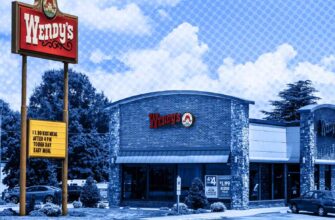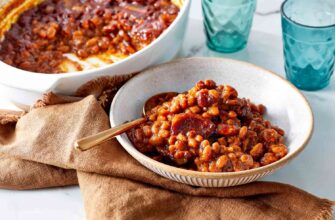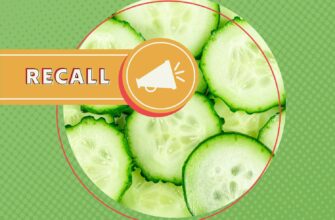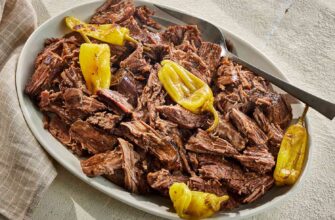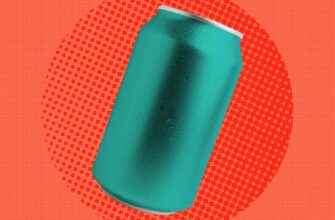Close
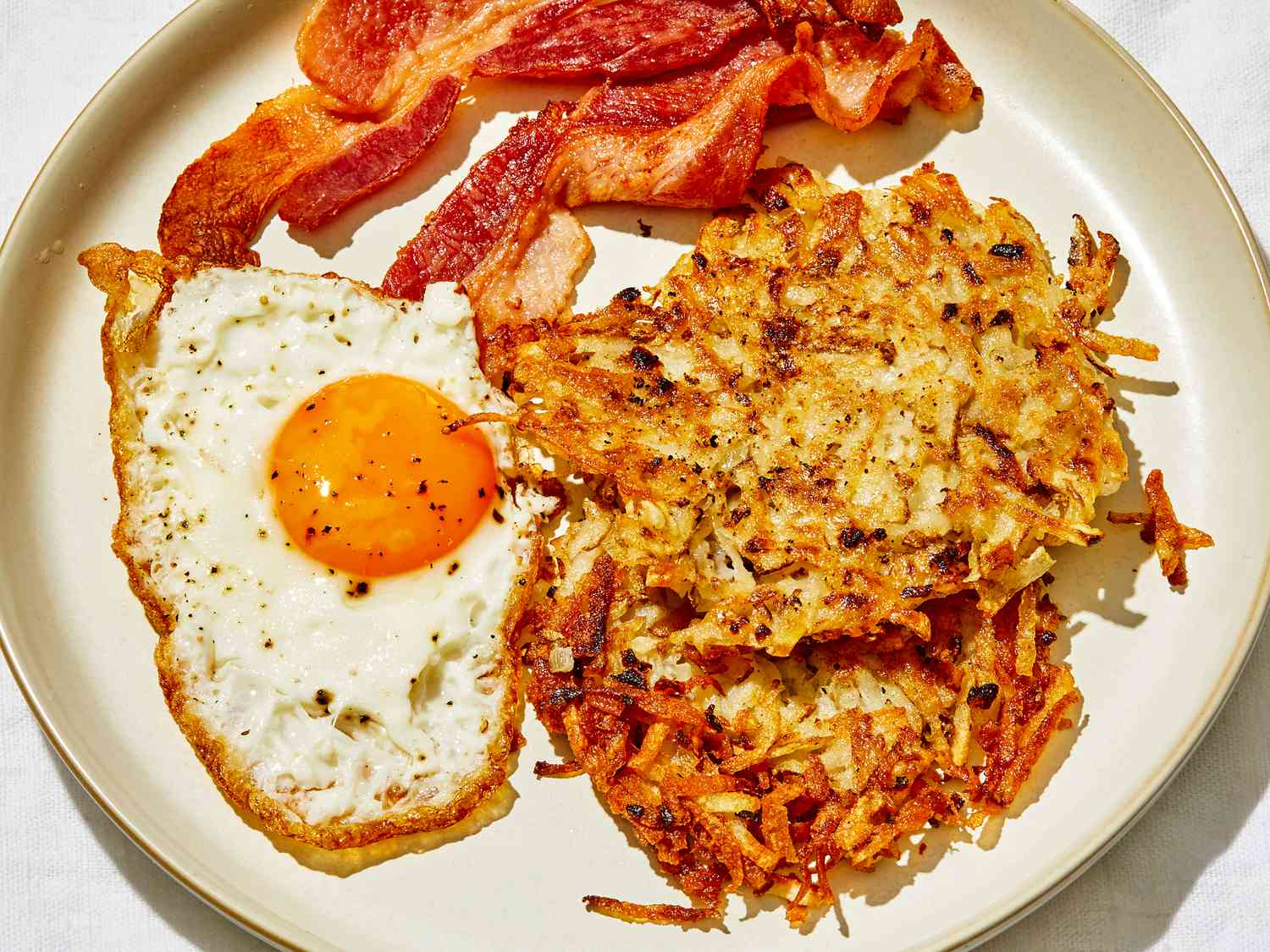
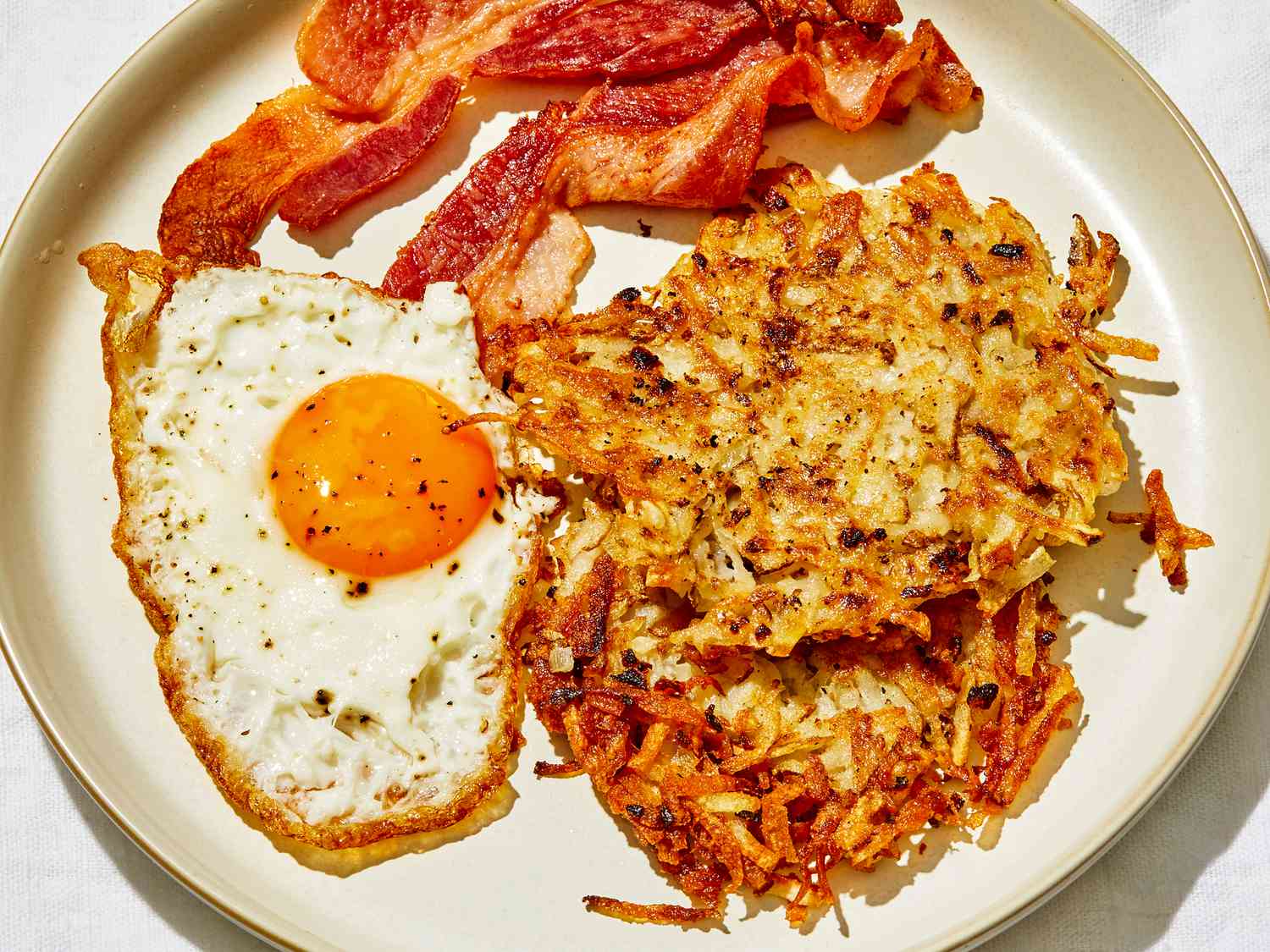
Credit:
Antonis Achilleos / Food Styling: Ali Ramee / Prop Styling: Christina Daley
With its stools that line the counter and wall of coffee mugs for the regulars, my local diner doesn’t look fancy. And it’s certainly not taking home any awards for innovation. That’s all part of the charm, though, and I keep going back again and again because they have the classics absolutely mastered. I’ve yet to visit and have my favorite side dish—a crunchy, golden-brown pile of hash browns—be delivered in a state that’s anything short of perfection. Tender and moist on the inside, shatteringly crisp on the outside, a well-executed serving of hash browns is a thing of beauty.
This might seem like a simple recipe to recreate at home, since all that’s required is shredded potatoes and your fat of choice for pan-frying. But try as I might, I have not cracked the code on how to make a batch that comes close to rivaling my diner’s signature spuds. Turns out, a lot of speed bumps can arise on the road to diner-quality, skip-the-snooze-button-worthy hash browns!
It's one of the most disappointing things when you get an order of soggy, pale hash browns in the morning. I want to go back to bed and start my day over.
To help me, and all of us, whip up crispy, crave-worthy hash browns every time, I spoke to a chef who slings up to 1,000 orders per week, as well as other brunch buffs who put in the reps on a daily basis, and asked for their secrets.
Qualities of the Best Hash Browns, According to Chefs
Before we dive into how to make hash browns as epic as the ones at your favorite classic diner, it can be helpful to take note of what the goal is when preparing potatoes this way.
“It’s one of the most disappointing things when you get an order of soggy, pale hash browns in the morning. I want to go back to bed and start my day over,” says Jeff Allen, executive chef at Millers All Day in Charleston, South Carolina (where they serve up 400 orders of hash browns each week). “It’s like picking a tomato from the garden during peak season, expecting it to be juicy and sweet, only to find it mealy inside.”
Although we aren’t aiming for a soggy interior, we do want that part of the potato patty to be soft and almost creamy. Similar to fast-food fries, textural contrast is one of the features that makes the best hash browns so craveable.
“The perfect hash browns have a nice golden brown crust,” says Tanner Pennington, who sizzles up between 500 and 1,000 servings of hash browns weekly as the chef and kitchen manager at Morning Story in Denver, Colorado. “When you smell them, it should remind you of freshly-fried fries: that irresistible savory scent of perfectly crisped potatoes.”
The No. 1 Secret for the Crispiest Hash Browns
We figured a culinary pro who cooks about 50,000 portions of hash browns per year would know the one thing standing between us and our best batch of hash browns. Turns out, we were correct.
“The biggest mistake home cooks make with hash browns is being impatient,” Pennington says. “People often try to flip them too early, which results in soggy hash browns that lack a crispy texture.” (Guilty as charged!)
The key to the best crispy hash browns is not rushing. “Commit to the process, and you’ll be rewarded with beautiful hash browns,” adds Christopher O’Connell, executive chef at Orla in Santa Monica, California. Crunchy, golden-brown hash browns should take 10 to 15 minutes to cook, he says, which actually is not that long compared to other recipes.
Allow the shredded potatoes to cook thoroughly on one side, “usually around 5 to 7 minutes,” Pennington notes. “This ensures they develop a deep, golden-brown color and crispy texture on the exterior.” Then and only then, you’re all set to scoop them up with a spatula and flip to crunch-ify the other side.
5 More Tips to Level Up Your Homemade Hash Browns
Taking your time can make a big difference in terms of the overall quality—and deliciousness—of your morning hash. Here are a few more chef-approved tricks to make them your best ever:
- Invest in the right type of potatoes. Opt for a starchy potato, such as a russet or Idaho, rather than a waxy potato, like a new potato, red bliss, or German butterball. “The starch helps the hash browns get crispy,” Allen says.
- Grate them by hand. It can be tempting to buy frozen pre-shredded, uncooked hash browns to get a head start. But Allen advises against this, since you’ll have more control over the potato type, shred size, and moisture content if you grate raw, whole potatoes yourself. “I’m old school and use the box grater with the large holes,” he says. Scrub and rinse the potatoes clean, then carefully shred them on a box grater. (Feel free to use the shredded disc in your food processor if you prefer.) Place the potato shreds into a bowl of cold water to help rinse off some of the starch and reduce the risk of oxidation that can affect the color of the hash browns, Allen suggests. Drain potatoes, top them off with clean cold water, drain again, then use a kitchen towel to squeeze or a salad spinner to spin them dry.
- Opt for medium-high heat. Preheat your pan or griddle to medium-high heat. “This ensures the hash browns get crispy without burning,” Pennington says.
- Don’t fear the fat. Preheat your pan and your choice of fat for frying. “Fat not only adds flavor but also helps achieve that crispy, golden texture,” Pennington says. Add a nice layer to the pan (we use about 1/4-inch for our Homemade Crispy Hash Browns), allow it to warm up, then add your potatoes in 1/2-inch-thick piles. When the first side is golden and nicely browned, give it a flip. Using a griddle? Preheat the flat-top, add a generous amount of fat, and once it’s warm, add your potatoes in piles. Season with salt and your desired spices, such as paprika, garlic powder, onion powder, and black pepper. Once side one is golden and before flipping, “add more fat on an empty part of the griddle and flip the hash browns onto that,” O’Connell says. Reshape them if necessary to keep the portions compact.
- Avoid overcrowding the pan.“The goal is to get them nice and crispy on both sides, a little darker than golden brown, while keeping the middle creamy,” O’Connell adds, and this is only possible if you don’t crowd the pan or griddle. Working with fewer, smaller batches allows the hash browns to pan-fry rather than steam, which is key for the crisp exterior. “I like to think of treating a serving of hash browns like I’m cooking a nice piece of steak or fish,” Allen says, noting that ample space is key to achieving the optimal sear on all of the above. Which leads to optimal breakfasting!
Explore more:
Was this page helpful?
Thanks for your feedback!
Tell us why!
Other
Submit
